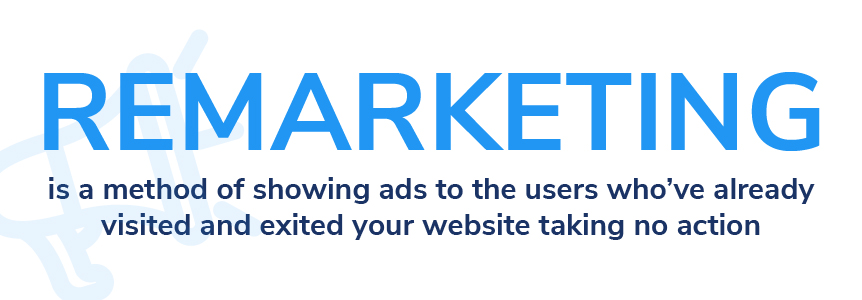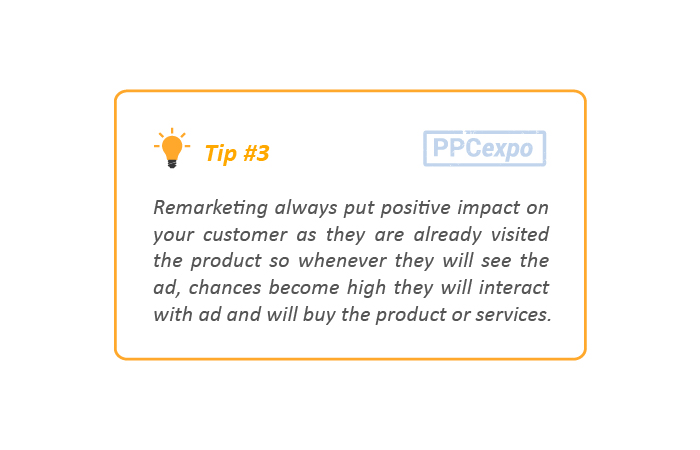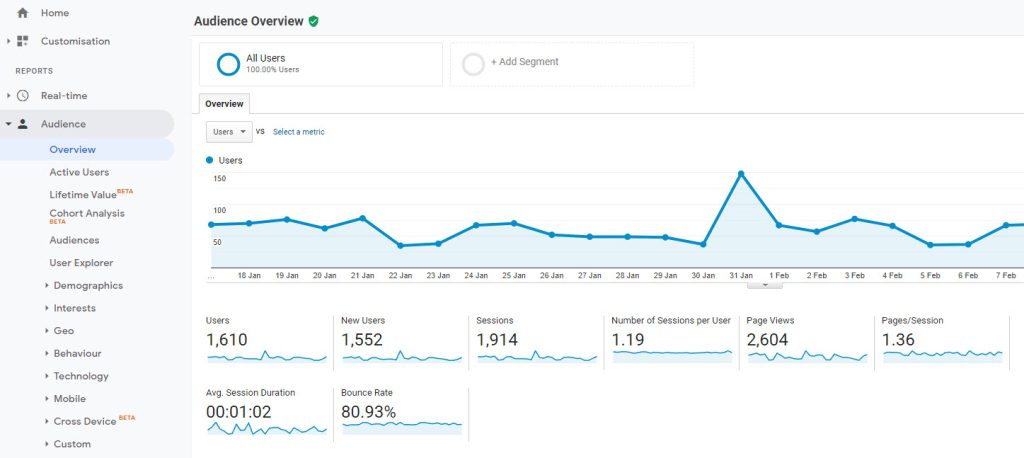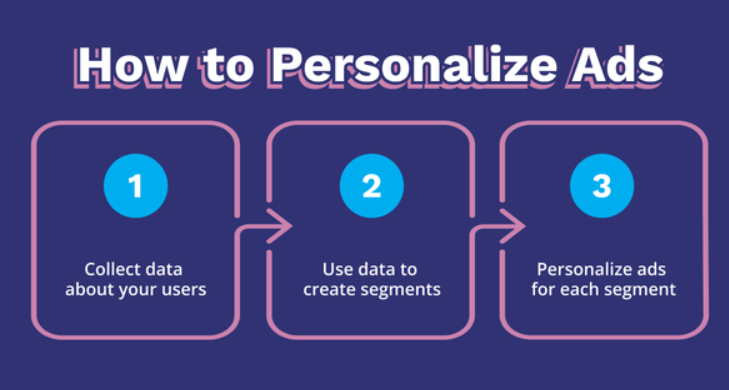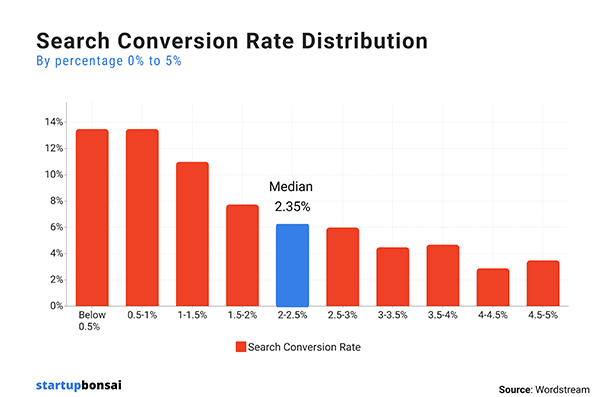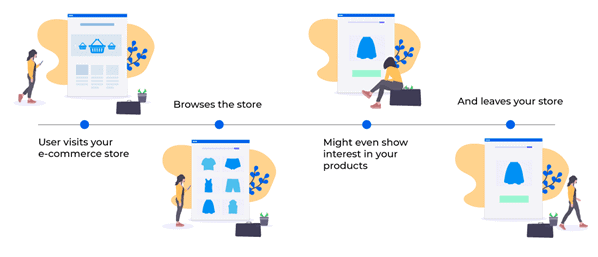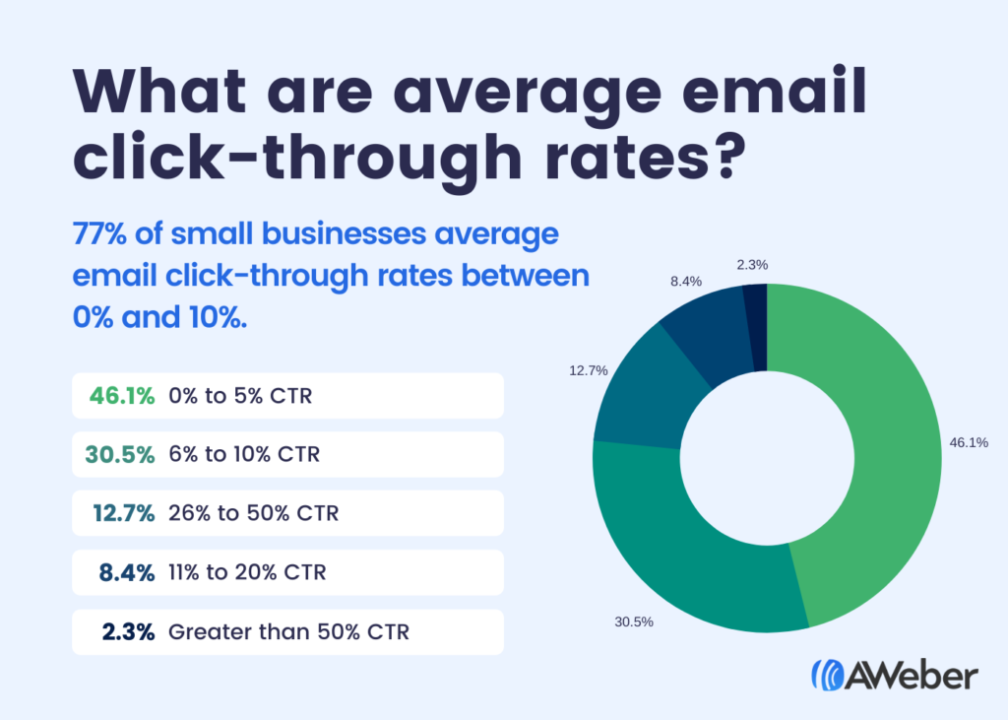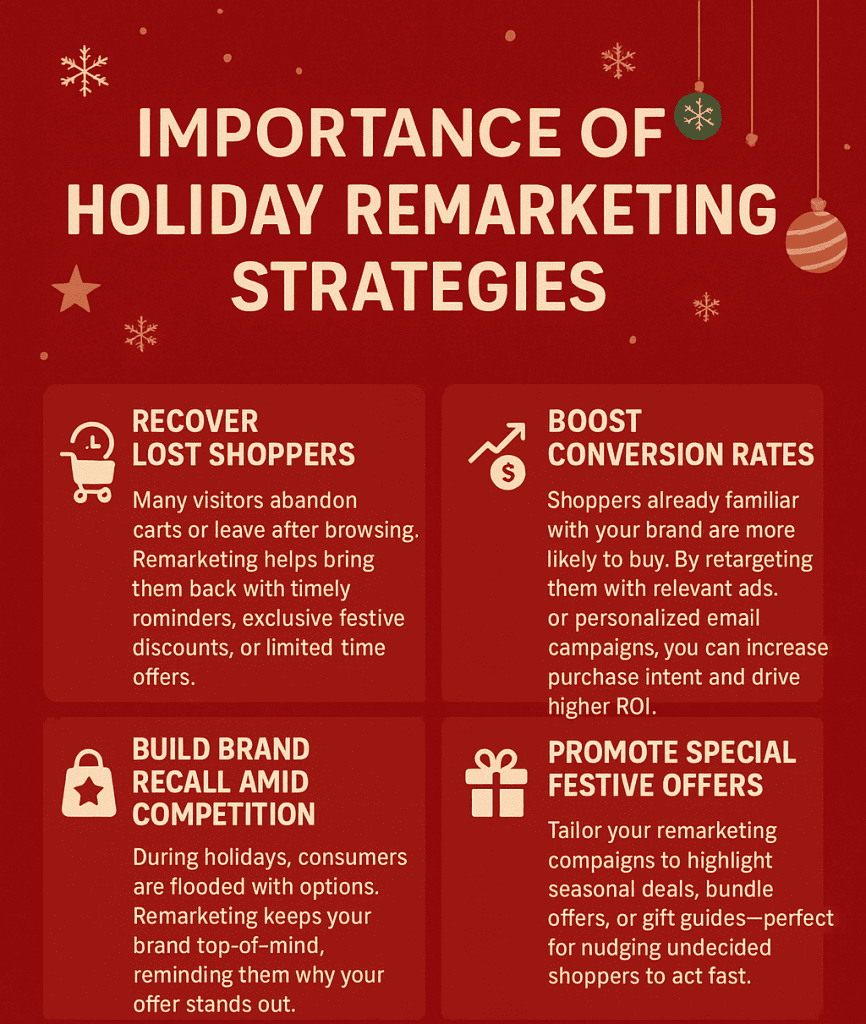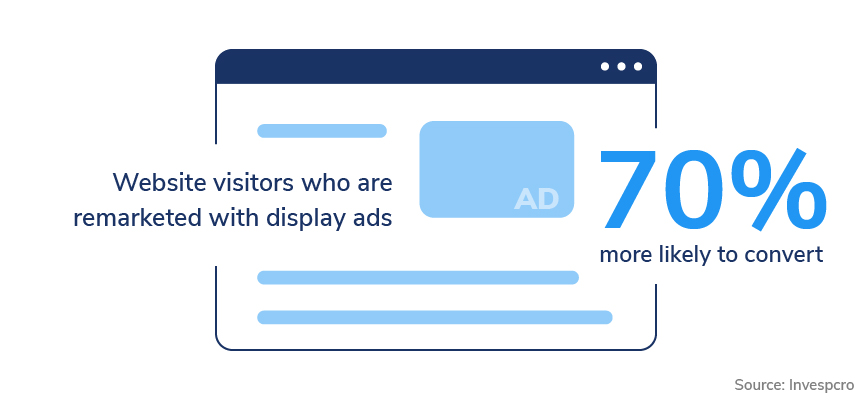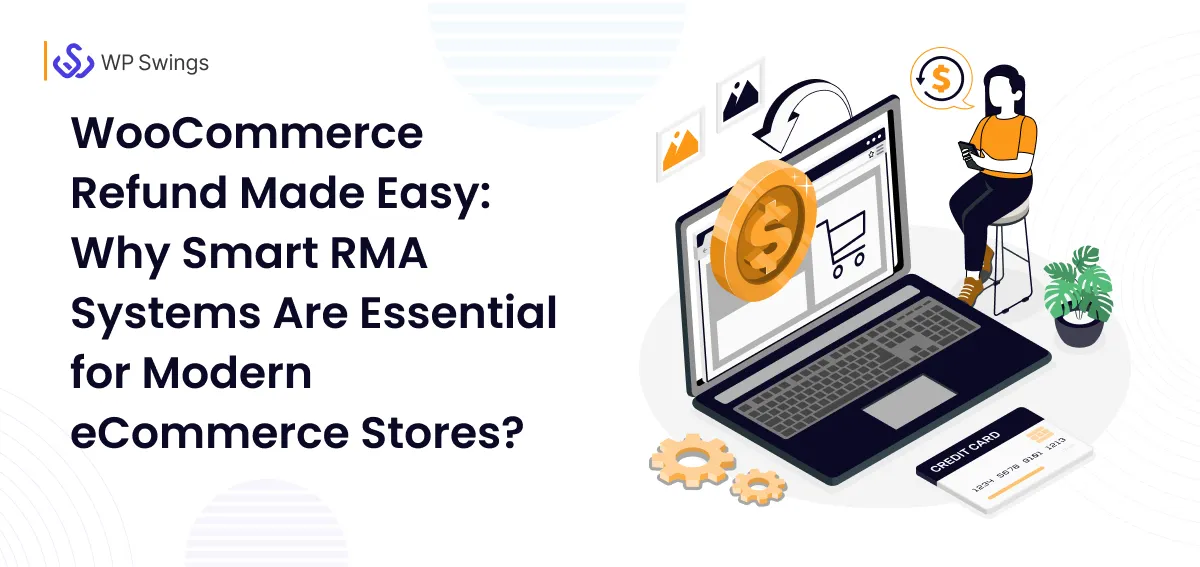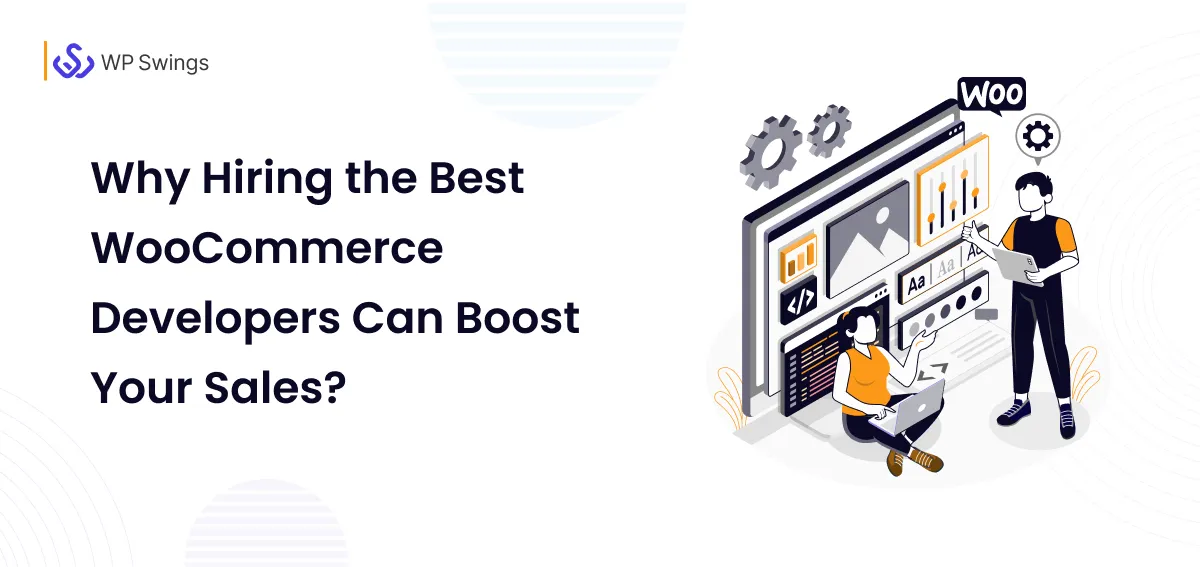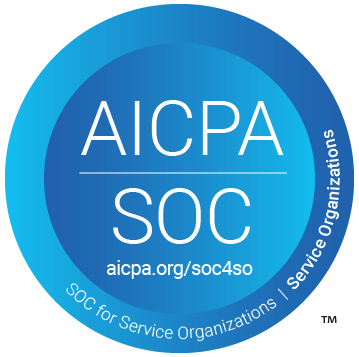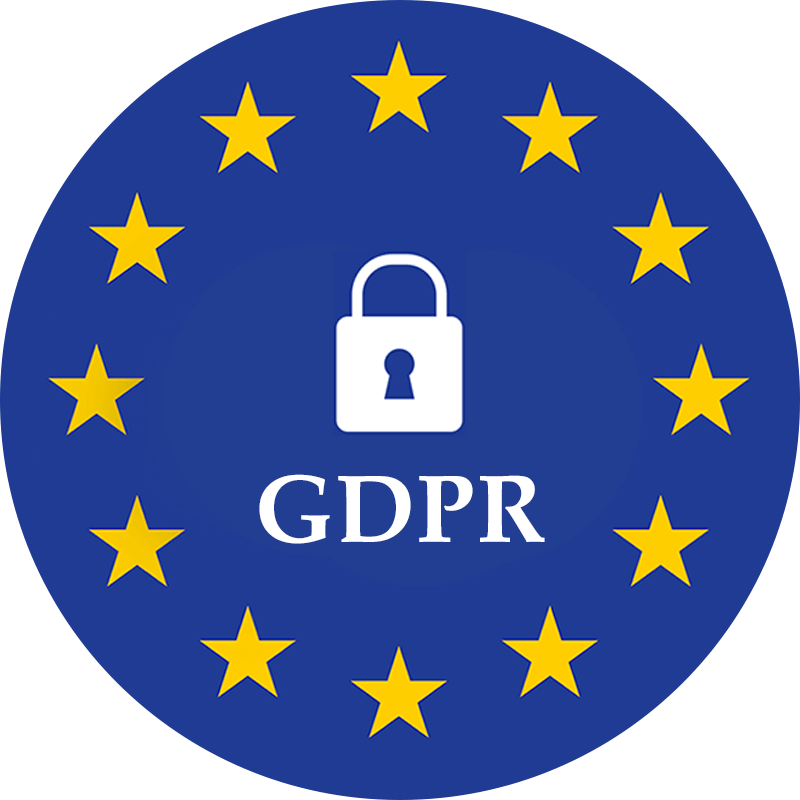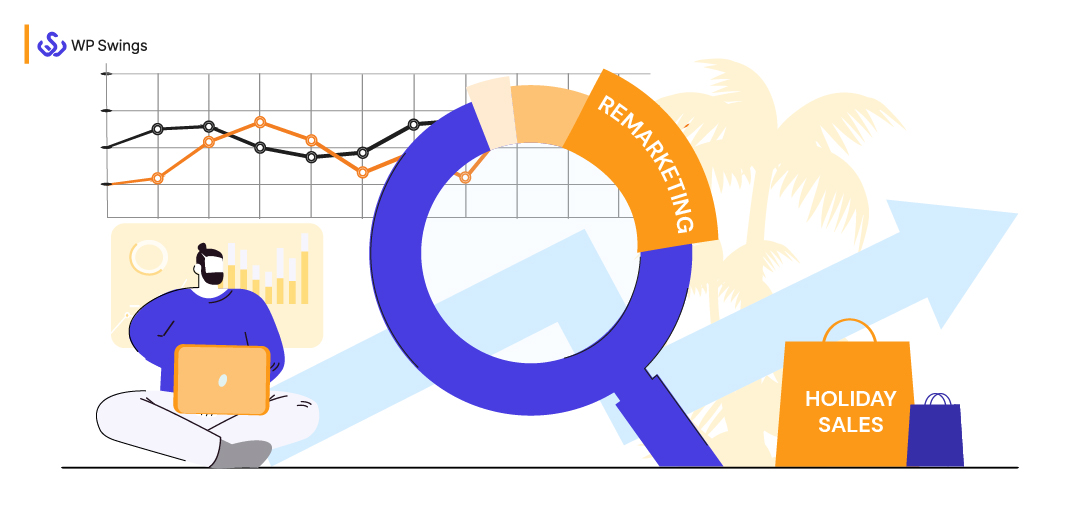
Holiday Advanced Remarketing Strategies are perfect for getting back users who left an action incomplete on your site!
The festive season sees the most shopping. Yes, don’t believe my words….checkout the stat below for more clarity—
Reports say that abandoned carts cost $260 billion to eCommerce businesses every year. Still, the best part is that there are still a lot of ways in which you can easily recover those abandoned carts.
Among them, one of the best methods is Remarketing, and also the topic of our article today.
Undoubtedly…let’s check out the specifics then—
Key Takeaways:
- 65% of retargeted customers are more likely to buy from the same brand again.
- Retargeting emails have seen an open rate of 45%.
- 40% of the retargeted customers are said to convert within the first 24 hours of seeing the advertisement.
- Display retargeting is a more budget-friendly option, but generally has no CTRs.
- A 37% drop rate is observed when a customer sees the same advertisements.
- 86% of marketers have already started using Artificial Intelligence (AI) to retarget and optimize their conversion funnels.
- 97% of users never visit a website again who don’t use retargeting.
- About 50% of experts said that Return on Investment (ROI) is the most important Key Performance Indicator (KPI) for retargeting.
So that’s all for the structure of this article, we will detail all the alluring strategies for your upcoming holiday remarketing strategy.
But first, we’ll start with the basics.
In The Blog, We Will Learn About…
- What Is Holiday Remarketing?
- 8 Advanced Remarketing Strategies For Better Holiday Sales
- How To Track The Performance Of Your Holiday Remarketing Campaign?
- Importance Of These Holiday Advanced Remarketing Strategies
- Some Holiday Remarketing Mistakes To Avoid
- Over To You…
- Frequently Asked Questions (FAQs)
What Is Holiday Remarketing?
Remarketing is a method of displaying ads to users who’ve already visited and exited your website, taking no action.
The idea of advanced remarketing strategies is to bring users back to your website or app and complete the action you want them to.
So, the question arises—How can you remarket your business?
It’s simple, with promotion and marketing. We will discuss in-depth the advanced remarketing strategies. However, to start, you can display your remarketing ads on other websites and apps to remind users to complete their actions, aligning with current holiday marketing trends.
8 Advanced Holiday Remarketing Strategies For Better Holiday Sales
Well, several remarketing strategies can push your holiday sales. But I’ve mentioned some of the most effective ones here.
So here they are:
1. Targeted Remarketing
Remarketing needs to be targeted. Every user is different and has different requirements. Keeping all of them under the same umbrella and retargeting them with similar ads wouldn’t be effective.
Some visitors must be looking for knowledgeable content. While others may need some products as a solution to their problem. So the best thing you can do is to display remarketing ads based on their actions.
Like if a user visits and spends some time on a product page, only then retarget them with ads. But if a user visited only your blog posts and left the website, don’t go after him. For this, you need to create a custom audience in your ad manager.
In Facebook Ads Manager, you can do this by following these steps:
- Navigate to your Facebook Ads Manager from your Facebook account.
- From there, navigate to Audience
- Then click on the drop-down and select Custom Audience
- After that, you need to select the criteria for how you’d filter the audience for retargeting
- Let’s say you choose traffic as a filter
- Enter the page URL you want to run the remarketing ads for. Like you’re running a sale for a product and want people to buy it. So enter the link to that product page.
- Then you need to set the frequency of visits, like how many times a user should visit the product page to see the retargeting ads. Let’s say a user visits that product page 3 times; it shows he’s interested in that product, and your remarketing ads are more likely to convert him.
And you’re done.
Now, if a user visits that product page 3 times, he’ll start receiving your ads and will come back to complete his purchase.
2. Identify the Right Time for eCommerce Retargeting Strategies
With advanced retargeting strategies, you need to make sure the users see your ad. Otherwise, what’s the point of spending money on it?
Hence, you need to schedule your ads in a way so that nobody misses them. But before creating an ad schedule, you must know what the perfect time is to retarget your audience.
So first, identify when you should retarget users with ads. If you show them ads the next second they exit your website, it will start bothering them. Give them 1-2 hours or even more, and then show them remarketing ads.
Another thing you can do is create a common schedule according to your website’s visit frequency. You can use Google Analytics to check what days and hours of the week get the most engagement. To check this, you can simply go to the Homepage of your Google Analytics, and there you’ll see it.
Once you identify the best slot, you can schedule your remarketing ads for this time. This post by Google on ad scheduling digs deep into the topic. You can check it to know more.
3. Prepare Ads Before The Holiday Season
It’s a basic one among the many Holiday remarketing strategies, but many brands are missing out on this.
They create their ads at the 11th hour. You should avoid doing this and start preparing your remarketing ads before the holiday season begins.
With this strategy, you won’t burn yourself out at the last minute. And you’ll have all the required assets in your hand and know how you’ll retarget the customers.
Want To Start Prepping Your Pre-Sale Marketing Strategy?
Just create a list of all the holidays you will target. Write what you’ll offer on these days, whether it’s a discount, free shipping, cashback, free products, etc.
The more you’re prepared, the easier it will be to execute your remarketing tactics.
Related Post: Be Sale Ready With eCommerce Holiday Sales Calendar
4. Gather User Data To Personalize Your Ads
Data is the new currency. Brands have been using user data for a long time to offer a better experience.
You need to do the same this holiday season. Try to collect the information of the users. Don’t just limit the emails. Ask for things like their birthday, marital status, location, interests, etc.
This will help you create ads that resonate with their interests. And if they see a personalized ad, they’re more likely to click it and shop.
5. Target Cart Abandoners To Bring Them Back
Abandoned carts are the biggest issue for every online business. The average eCommerce cart abandonment rate in 2025 is around 70%, with some sources citing slightly higher or lower figures, such as 70.22% by Baymard Institute, while Statista notes a 70.19% rate, and Shiprocket reports over 70%.
But remarketing is a wonder drug for abandoned carts. Nothing beats remarketing when it’s about abandoned cart recovery. The festive season is a time when most orders are placed. And if there are more orders, there’ll be more abandoned carts.
So target those cart abandoners and bring them back via your remarketing ads.
Want to Recover Abandoned Carts In Your Store?
6. Identify And Target The Best Ad Channels
Among all holiday remarketing strategies, this is an important one. There are many channels out there that help you connect with your target market. You can target these channels to remarket to users and drive them toward your store.
However, each channel has a different user base, and it may not work like other channels. So, you need to choose wisely which channels you’re going to show your ads on.
Here’s a quick rundown for every channel–
- AdWords works well for local business promotion, but it may not suit you if you run an advocacy or charity organization
- Facebook is good for eCommerce businesses, but it cannot work well for local service businesses
- LinkedIn ads can be good for agencies and consultants, but not for B2C businesses
So analyze all such channels and then select what’s best for your business.
7. The Frequency Capping, Adjustments
With frequency capping, you can decide how many times a user will see your ads in a day. If you don’t want to bother users with your ads, include this in your remarketing strategies list.
Here’s an example: if you set the frequency capping to 3, then the user will see your Google Ads 3 times in a day.
We can’t say that there’s a perfect frequency that works best. It can vary as per your advanced remarketing strategies, campaign, goals, and inventory. However, many marketers say that setting a cap of 5-6 impressions a day can be a good practice.
If you’re not sure how often your ads should be displayed, you can select the option “Let Google decide”.
8. Indulge In A/B Testing
The sustainability of your remarketing campaign hinges on how well your landing pages perform. One of the best methods for optimizing your landing page is A/B testing.
By employing this strategy, you may create two landing pages that, aside from that one point, are remarkably similar. Maybe you edit the language or color palette, add a special video or image, or simply modify the design of one. You compare how well each page performs over a specified period. The variant that generated the most clicks or conversions is then identified.
A/B testing is a technique that is also utilized to run different upselling offers, which is another marketing strategy that helps with increased revenues.
Want To Start A/B Testing For Upselling?
Let’s learn about performance tracking now. Reviewing the response to your campaigning is also essential…
How To Track The Performance Of Your Remarketing Campaign?
To track and measure the performance of your remarketing campaigns, you need to keep an eye on some metrics. Here are those metrics:
1. Returning Visitors
The objective of remarketing is to bring users back to your website or app. Hence, tracking the returning visits becomes crucial to track the performance of your remarketing campaigns.
2. Conversion Rate
Another objective that’s even bigger than returning visitors is the conversion rate. When you run retargeting ads, you expect some conversion. So you need to keep an eye on the conversion rate once you start running your remaining campaigns.
Source- StartupBonsai
If your conversion graph goes up after your remarketing campaigns, you’re doing well. But if there’s no movement in your conversion, you should optimize your campaigns.
3. Abandoned Cart Rate
Remarketing ads can be a great help to diminish abandoned cart rates. When you retarget users with your ads, they come back to your site to complete their purchase. This helps you lower cart abandonment on your website.
So abandoned cart rate is a significant KPI that shows how your remarketing campaigns are performing.
4. Email Open Rate
If you retarget users through emails, your email open rates will see a rise. So it is crucial to track them to understand if the users are engaging with your campaign or not.
If they don’t open your remarketing emails, you need to change your email remarketing strategies.
5. Remarketing Email Click-through Rate
If your remarketing email contains a link to the products, they’ll click on it to purchase them.
This will increase your email CTR. So, email click-through rate also becomes a vital metric to track the performance of your remarketing campaigns.
6. Email Unsubscribe Rate
The last thing you want is people unsubscribing to your emails. And if your email unsubscribe rate is still going up after running remarketing email campaigns, you need to tweak your email remarketing strategies.
Do Email Popups Let You Convert With Ease?
So always keep an eye on the email unsubscribe rate to check whether your remarketing strategy is working fine.
Importance Of These Holiday Advanced Remarketing Strategies
After learning about the various types of advanced remarketing strategies, it is crucial to know the importance of existing and how it can benefit your eCommerce business.
Let us find out…
1. Improves Conversions
The most obvious benefit of remarketing. Boosting conversions is the reason why remarketing is done.
When you show users your remarketing ads, they come back determined to complete the purchase.
For example, I was searching for some football studs a few days back on Amazon. I looked at some, but then dropped the plan of buying it. But then they started showing me remarketing ads of the same studs on one of my mobile apps. As a result, I clicked the ad and bought them.
2. Improves Brand Credibility With Relevant Ads
When you choose the right channel and segment your remarketing ads according to the audience, you ensure they receive a personalized experience. They’ll see what interests them, and they can connect at a personal level. And when this happens, they trust your brand since you understand their needs.
3. Easy Recovery Of Lost Sales
You can ask anyone who isn’t a PPC expert, and s/he will tell you that the best benefit of remarketing is the recovery of lost sales.
Website visitors who are remarketed with display ads are 70% more likely to convert.
Holiday Remarketing Strategies give you another chance to bring those customers who didn’t complete their purchase on the first visit. And if you just don’t annoy your users with your remarketing ads, you have a high chance of recovering all the revenue that could’ve been lost.
4. Strengthen Your Brand’s Image With Remarketing Strategies
To rock in the business market, you need the audience’s trust. Including remarketing strategies helps you gain that trust.
Let me tell you how.
When you create your remarketing ads, you try to personalize them according to the user. And personalization enhances the user experience to a great extent.
Some Holiday Remarketing Mistakes To Avoid
Just like the strategies, mistakes are also something you should know about. So here are some holiday remarketing mistakes you must avoid while creating your eCommerce remarketing strategies for the holiday season.
- Including Fresh Audience In Your Strategy: Ensure the audience you’re targeting is somehow familiar with your offerings.
- Overlooked Bids, Not Monitoring Them: Monitoring your bids will help you make sure that you’re not bidding less or more, which can affect your ad ranking or exhaust your marketing campaign budget.
- Irregular TAG Implementation: If the developers say they’ve implemented the tags properly on your site, cross-check once, since this is something where many marketers fall short. If your tags are not implemented correctly, your remarketing audience will not populate.
- Utilizing Geographic Targeting, That Too Aimlessly: It becomes important if your business operates across the globe. Since every country has its own culture and a different approach.
Are You Scared Of Making Mistakes This Festive Season?
Over To You…
Let’s admit it, during the festivities, individuals normally go bonkers. Your CPCs will rise, but so will your click-through rates, and even if your CPCs have risen, your cost per action ought to decline. People are looking for deals like crazy at the moment. Brands are ready to comply and toss offers around.
Here is a tip for all the merchants planning to start or adopt holiday remarketing strategies. This leaves you with so much recoverable revenue. And if you recover just a tiny fraction of it, you can see exceptional benefits.
I’ve shared above some advanced remarketing strategies for eCommerce businesses. I won’t say they’ll do magic overnight, but it will make things better. Any other remarketing strategies you know or follow? Let me know in the comments.
Hold on…
Are You Missing Out On Something?
Yes, The On-Going Offers & Deals…
Frequently Asked Questions (FAQs)
1. What is holiday remarketing, and how is it different from regular remarketing?
Holiday remarketing specifically focuses on remarketing strategies for the festive season. These advanced remarketing strategies are time-specific and utilize personalized ads relevant to the holiday season, targeting users who previously showed interest in those items.
2. Why is remarketing especially important during holiday seasons?
The festive season is known for heightened customer spending and increased online traffic, and an overall competitive environment for merchants. Advanced remarketing strategies are beneficial for lost sales, boosting the brand’s visibility, and converting seasonal buyers into customers.
3. How long after a user visits my site should I start remarketing to them?
Merchants can start remarketing to customers shortly after they visit your WooCommerce store, with the exact timing dependent on your business, product, and industry. You can use time-based segmentation to create ads for different visitor groups (e.g., 1-day, 7-day, or 30-day segments), delivering relevant messages such as urgency for recent visitors, advanced remarketing strategies for the festive season, or discounts for those who visited longer ago.
4. Which channels are best suited for holiday remarketing (e.g., Google, Facebook, email)?
For holiday remarketing, it is best to adopt a multi-channel approach, i.e., utilize all relevant social media channels (e.g., Google, Facebook, and email). A combined strategy will allow merchants to target all the potential customers across different stages of their buying journey.
5. How do I segment my audience for more effective remarketing during holidays?
There is an easy trick to segment your audience for more effective holiday remarketing: analyze past purchase behavior, browsing patterns, and engagement levels to identify specific customer groups.
Boost sales and profits with proven Holiday Advanced Remarketing Strategies. These will help you make the most of the 2025 festive season…

